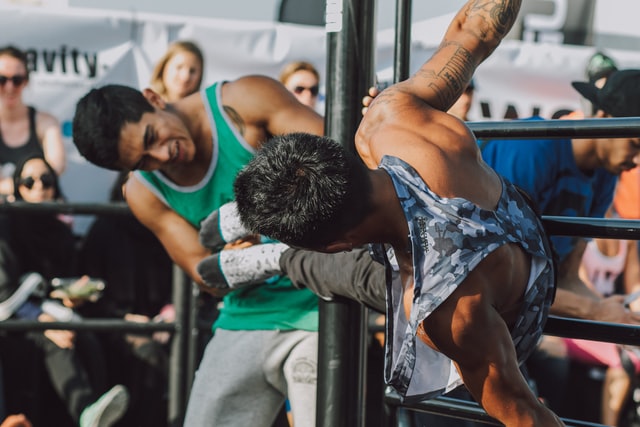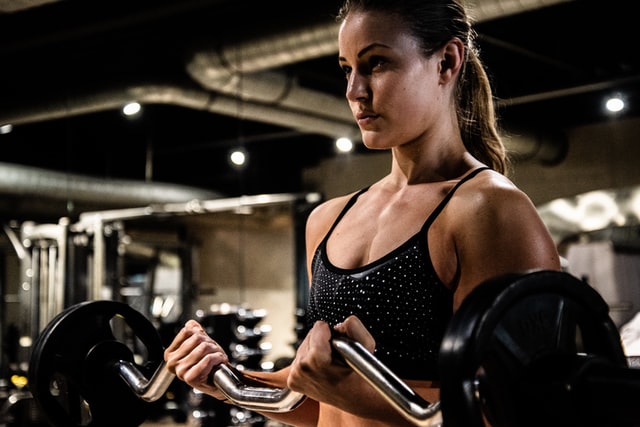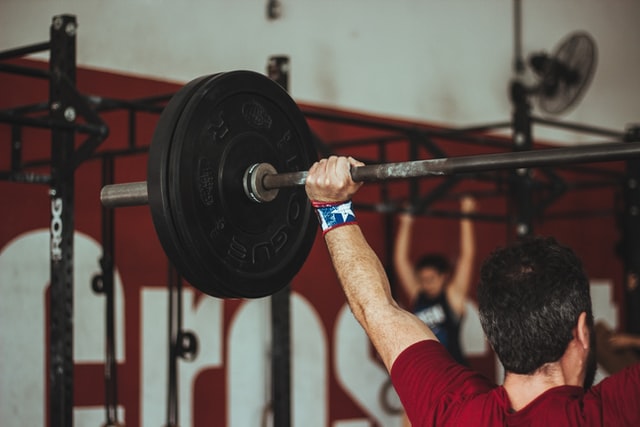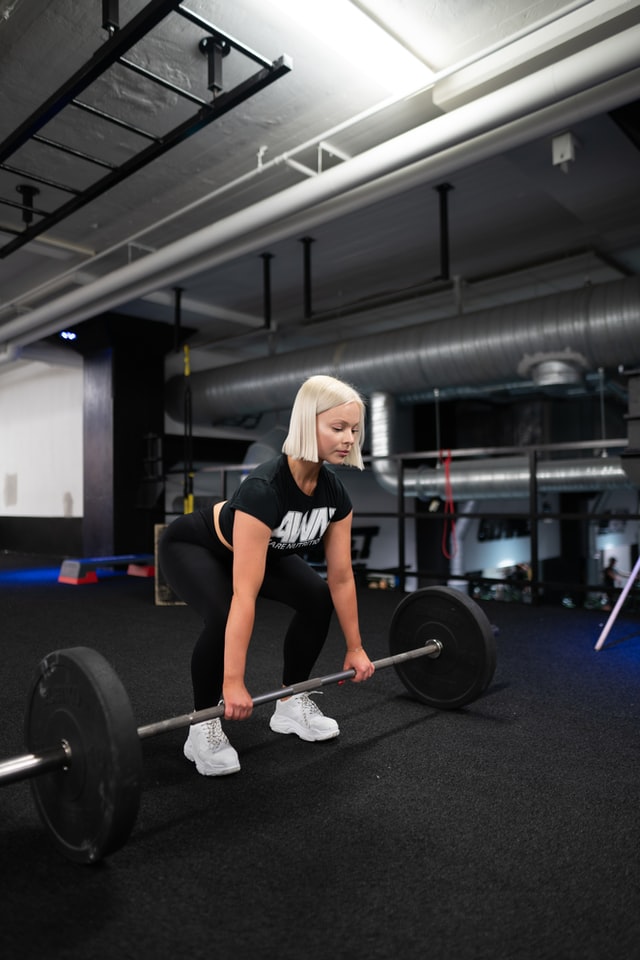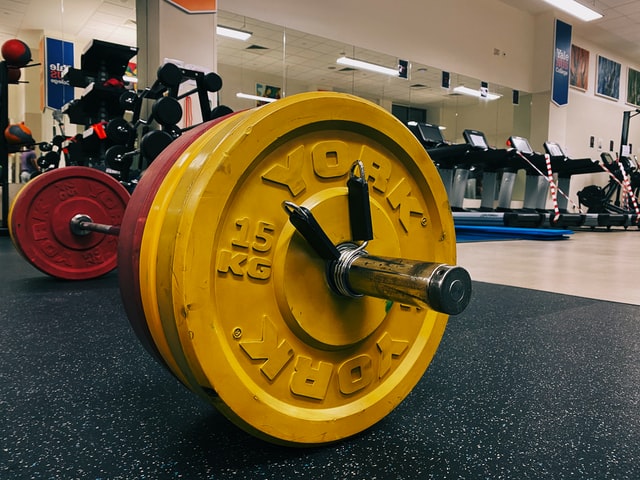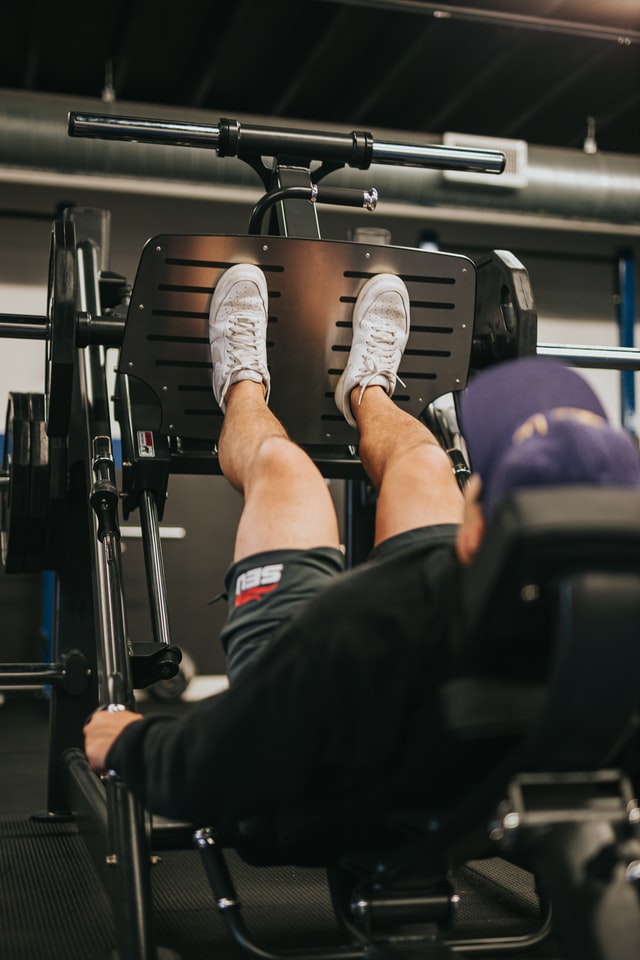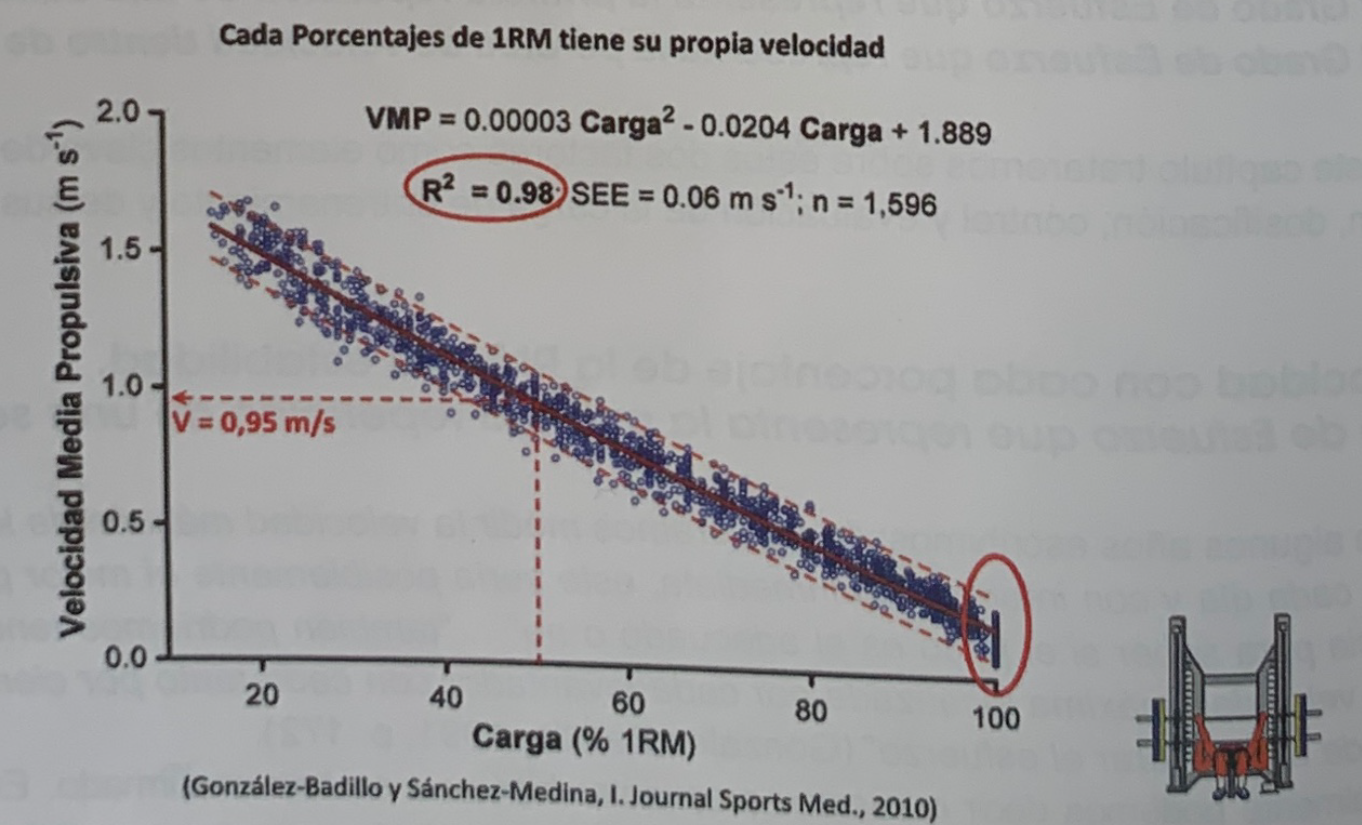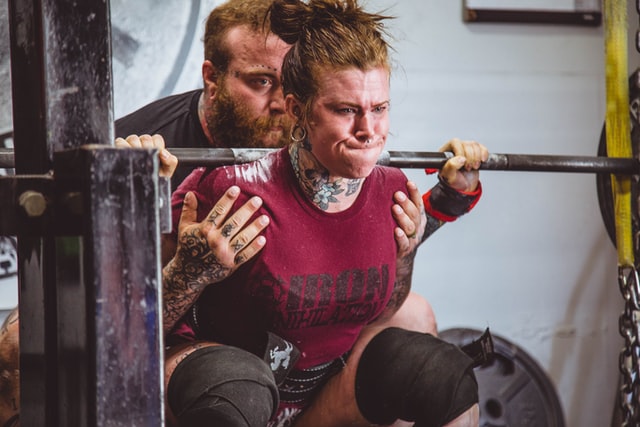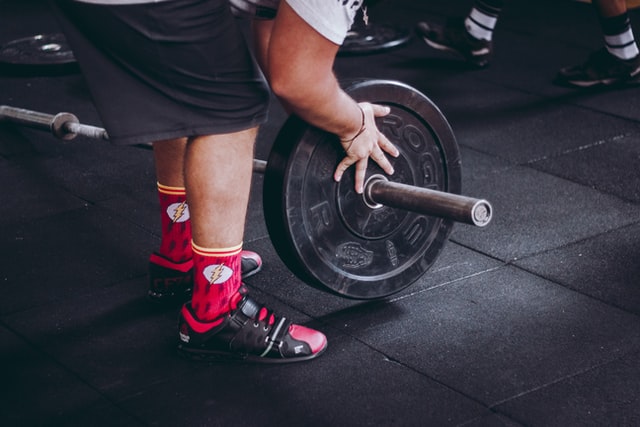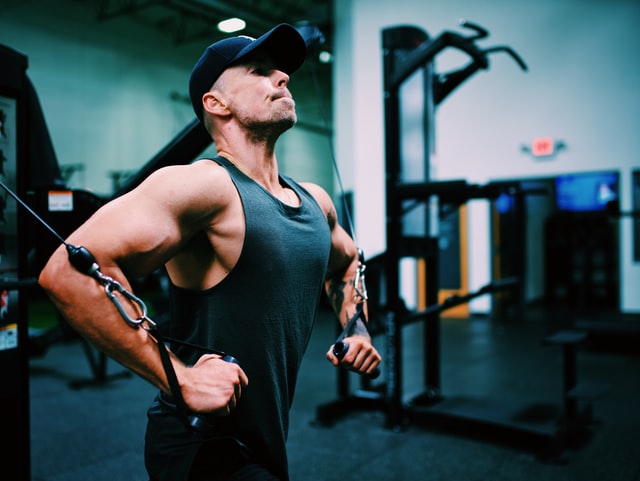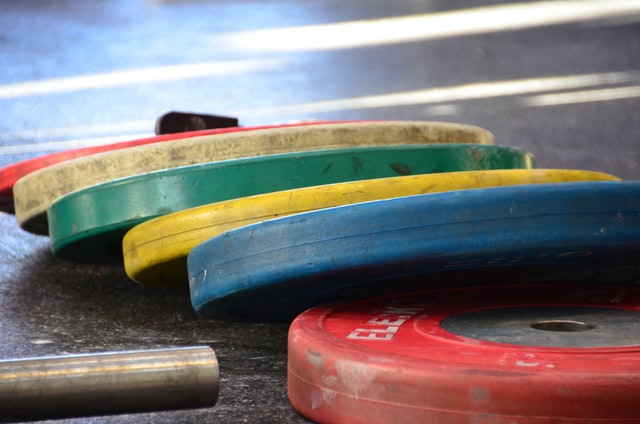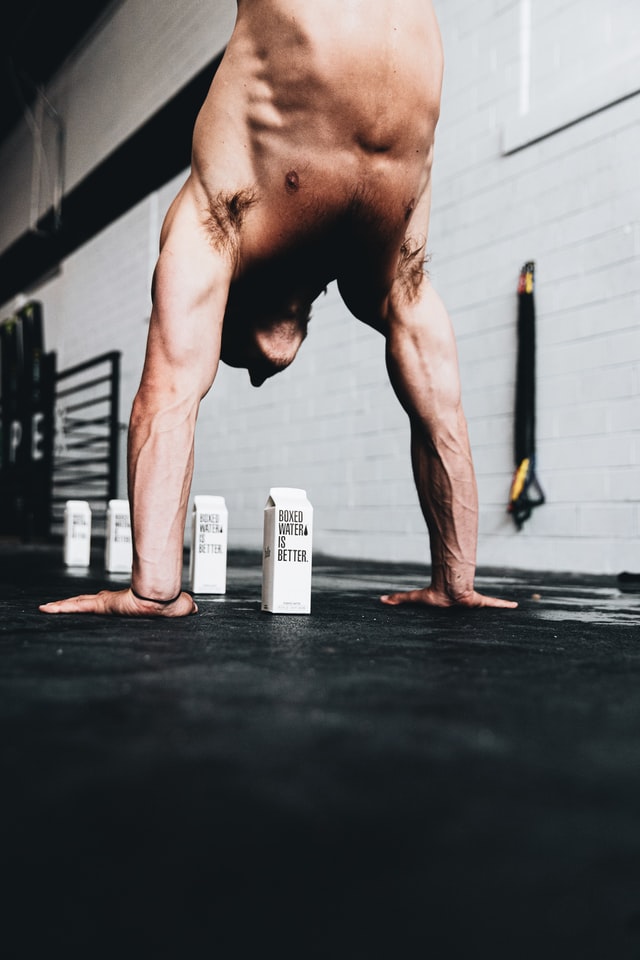Training cycles and their 5 phases
The training cycles are training time slots in which all the necessary loads have been applied, according to the programmer’s criteria, to achieve the expected objective.
In this series of articles we deal with some of the most important concepts of strength training, collecting notes from the recently published book Strength, Speed and Physical and Sports Performance written by renowned researchers Juan José González Badillo and Juan Ribas Serna.
SUMMARY
- Each training cycle will be made up of 5 phases in which a maximum volume will be reached with a minimum intensity in the first phase, and the volume will gradually decrease and intensity increase during the cycle until concluding with recovery in the last phase.
- It has been possible to establish that the training volume has a certain individual value for each athlete, above and below which the best results are not obtained.
- If strength and endurance are trained separately, especially every other day on every other day, both can be improved.
The permanent objectives throughout the training cycles will be the improvement of the applied force (improvement of speed) before any load and, especially, before the competition load (improvement of useful force), as well as the corresponding improvement of production. force in unit time (RFD) and specific RFD.
During the duration of the cycle, the evolution of intensity and volume occurs, as well as the exercises used. The evolution of these variables is continuous, so the inclusion of a series of “phases” within a cycle only makes sense if it is done with the aim of giving guidance on the moment of evolution of these variables.
The “moment” is defined by the volume and intensity values. For a better definition of the cycle, we will add its duration, generally indicating the number of weeks it comprises. When the strength needs are high, the values of the intensities and volumes are the highest that can (should) be programmed, and therefore there are more differences between the different moments or “phases” of the cycle. The opposite occurs when force requirements are low.
When strength needs are high, the values of intensities and volumes are the highest that can (should) be programmed
Therefore, the way of developing each of the training cycles is determined especially by the intensity and volume, which will be different depending on the characteristics of the sports or sports specialties and the characteristics of the subjects. The following are the basic characteristics of the different “phases” of a training cycle. These phases could be the following:
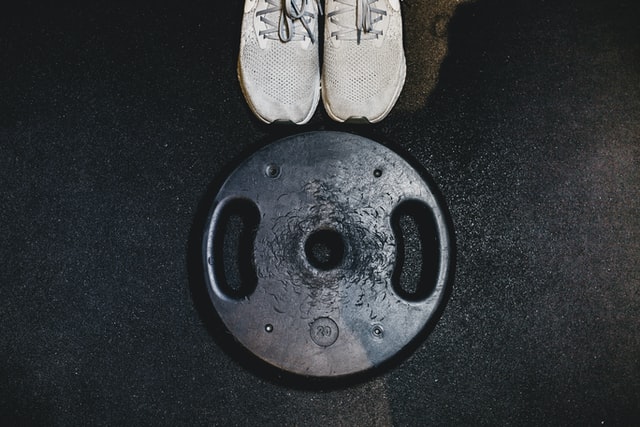 First phase:
First phase:
Priority objective: to improve the maximum force applied before any load and the RFD before the training exercises. This should have a positive effect on the useful force: force applied before the load and gesture typical of the competition
Basic training: the highest number of repetitions per series of the entire cycle and character of effort (CE) from low to high, depending on the strength needs and experience of the subject. It is in this phase that the volume values are highest and the intensity is lowest (actual percentage of 1RM lower or velocity of the first repetition higher). The volume tends to increase in the first weeks, reaching the maximum values of the entire cycle per unit of training and weekly. The loss of speed in the series will be the lowest of the entire cycle: the lower the relative intensity, the less the loss of speed in the series should be.
In order to make this description of the phases clearer, the classification of the CE grades in relative terms is considered. When it is said, for example, that the CE is “high”, it should be interpreted as the maximum or almost maximum requirement for the subject or the specialty to which the training is applied, but not in absolute terms. In other words, both subjects with high strength needs and those with low needs will be able to reach “their high EC” in this phase, but it will not mean the same degree of effort for everyone. In the event that the speed of movement of the load could be measured, the CE will be determined by the speed of the first repetition and by the loss of speed in the series.
Second level:
Priority objective: improve the maximum force applied to any load, the RFD and the specific force: peak force and specific RFD (useful force)
Basic training: decrease the number of repetitions per set, increase the actual percentage of the RM, or decrease the speed of the first repetition
Increased speed loss in the series.
Third phase:
Priority objective: improve or at least maintain the maximum force applied to any non-specific load and improve the specific RFD and peak force (useful force). ,
Basic training: reducing the number of repetitions per series. Increase in the actual percentage of the RM or decrease the speed of the first repetition. Maximum or almost maximum loss of speed in the series of the cycle. There can be an oscillation of these variables between sessions, applying light loads in some sessions in the event that an exercise was done three times a week.
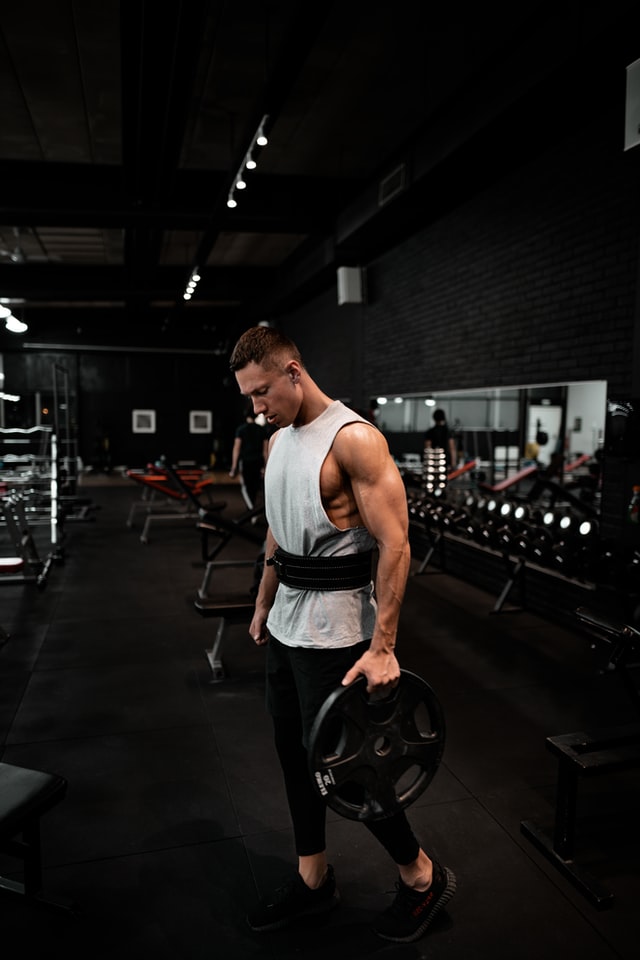
Fourth phase
Priority objective: improve the specific RFD and peak force and at least maintain the maximum applied force under any non-specific load
Basic training: reducing the number of repetitions per series. Increase in the actual percentage of the RM or decrease the speed of the first repetition. Maximum loss of speed in the series within the cycle. There can be an oscillation of these variables between sessions, applying light loads in some sessions in the event that an exercise was done three times a week.
In addition to the time dedicated to this type of load, training of these characteristics can be extended in a maintenance phase for two or three weeks.
Fifth Phase
Priority objective: priority: recover.
Basic training: very little or no typical strength training.
Duration: between 1 and 4 weeks, depending on the time of the season.
The duration of the complete cycle should not exceed 12-14 weeks. The most frequent length could be between 8 and 10 weeks, although cycles of 4 to 6 weeks are also very effective and sometimes necessary. Other shorter cycles may serve to maintain or recover, or at least to approach recently achieved levels of strength performance.
In strength work, one cannot currently speak of programming with an annual cycle. The number of cycles can range from three to five-six, depending on the competition system. In these circumstances, each one of them would have a different character, giving greater emphasis to the volume and the first phases of the cycle in some cases, and accentuating the intensity in others.
It has been possible to establish that the training volume has a certain individual value for each athlete, above which the best results are not obtained.
If we assume that more than one cycle per year is carried out, the evolution of the volume within each cycle and between them through the years should be approximately as follows:
- In the first years (2-3) of strength training, the volume achieved each cycle is increasing.
- The progression of the volume within each cycle is faster and faster, as the maximum volume of each of them increases. For this reason, the maximum value of the volume is reached earlier and the progression time in each cycle is shorter.
- The volume decrease begins earlier and earlier with respect to the competition date within each cycle. The higher the maximum volume reached, the longer the recovery phase.
After these first seasons of strength training, the dynamics of the volume is quite stable, its modifications depending on the most important competition dates. If you keep track of the load that each athlete performs, you could establish the optimum volume of work for each one, or at least detect when a load begins to be ineffective, since It has been possible to establish that the training volume has a certain individual value for each athlete, above and below which the best results are not obtained..
Although it is possible that you will never know exactly what these optimal levels are, it is convenient to have an approximate idea of the maximum load that a subject or a group of athletes can bear that reduces individual and collective performance within a specialty. sporty.
The youngest would perform between three and four cycles a year
In the first years it is more important that all the phases of each complete cycle are completed than to subordinate them to possible competitions. It would be convenient for the youngest to carry out three-four cycles a year, without excessively modifying this structure when it was necessary to adapt it to the competitions.
The dynamics of the volume per week can be in very different ways and quite irregular at times, although some basic rules can be given that quite likely ensure good performance in strength. The week is usually taken as a training unit and it is quite comfortable to organize the load distribution, although the smallest load units are not always a week, but a few days. In particular, we will talk about the load corresponding to the strength work that must go in coordination with the rest of the training.
If we find ourselves in a phase in which the fundamental objective is the improvement of strength performance, the global load should be subordinated to the training of this quality. If, on the contrary, it is intended to maintain performance, the strength work will not be very demanding and will not significantly influence the overall organization of the load, so it will not influence other training modalities and objectives.
if strength and endurance are trained separately, especially on alternate days on alternate days, both can be improved
According to these premises, the dynamics of the force will be in some moments different from the dynamics of the general charge, which is correct and necessary. It is possible to consider different weekly or monthly objectives with specific activities for each one without serious interference, although the performance is not as high as if we only worked for one of them.
Perhaps the greatest incompatibility could occur between strength training and resistance training, but it is known that if these qualities are trained separately, especially on alternate days on alternate days, both can be improved at a level sufficient for the demands of sports that do not require the development of any of them to a very high degree. In any case, always the resistance would benefit more from the strength than the strength of the resistance.

